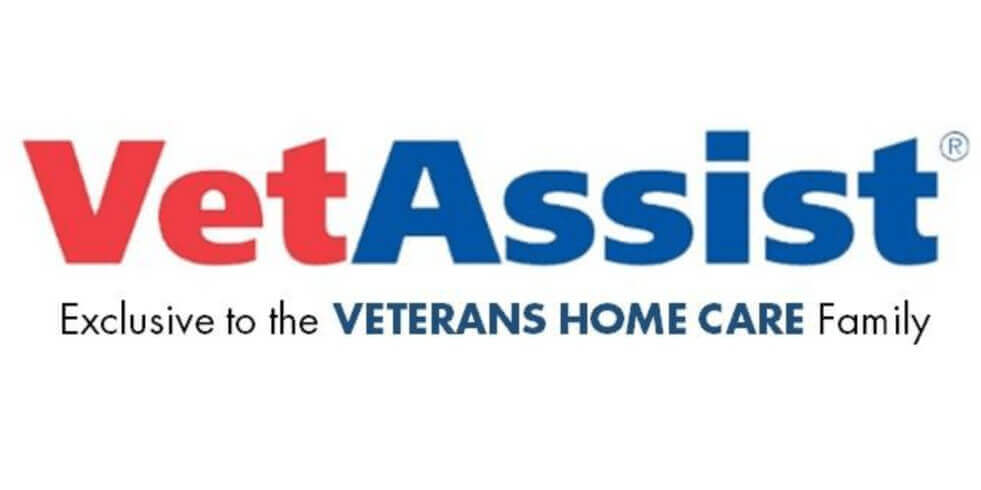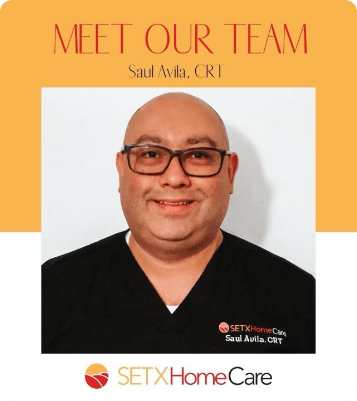Aid & Attendance Myths vs. Facts
The VA’s Aid and Attendance benefit is an underused but potentially life-changing resource for veterans and their spouses who need long term care. This benefit is tax-free, reliably paid on a monthly basis, and covers care-related costs for life, as long as the recipient continues to qualify.
Families who might obtain benefits for their loved one often do not apply for Aid and Attendance because they have never even heard of it. In addition, there are many Aid and Attendance myths and misconceptions that discourage or intimidate potential applicants.
Here, we highlight some facts about Aid and Attendance to debunk common myths. If you have specific questions about your loved one’s eligibility, reach out to us via live chat, phone, or inquiry form—it’s free.
Myth: Aid and Attendance is for injuries or disabilities from active service.
Fact: While the VA does offer service-connected disability compensation to veterans who were injured or disabled during their service, veterans’ Aid and Attendance covers care for conditions that emerged later in life. Their care needs may have increased due to limited mobility, limited sight, dementia, or chronic pain, and the underlying causes might be heart disease, cancer, Parkinson’s or other conditions developed after and/or not as a result of military service.
Myth: Aid and Attendance is only for veterans who served in a combat zone.
Fact: Aid and Attendance requirements do include service dates, but except for some Vietnam veterans, service during those time periods qualifies the veteran regardless of where they were located.
Myth: You must already be receiving VA benefits to apply for Aid and Attendance.
Fact: You can apply for Aid and Attendance without current benefits and without already being in the VA system. If you are not already receiving a VA pension, Aid and Attendance is paid along with the VA Basic Pension; upon approval, you will receive both.
Myth: You cannot apply for Aid and Attendance if you also receive a military retirement pension.
Fact: The two are unrelated. We call the eligibility requirements the 3-Ms—military service, medical need, and money—and factors such as VA Aid and Attendance asset limits, as well as monthly income vs. medical expenses, fall under that last M. If you receive a military pension, it is counted as income and is evaluated the same as any other income (such as other pensions and Social Security checks). You can read more on the 3-Ms here.
Myth: Aid and Attendance is awarded all-or-nothing.
Fact: Disbursements range among recipients. A thorough application and ongoing compliance with all requirements ensure the best outcomes. Updated annual award limits can be found on the related VA webpage.
Myth: If you once applied and did not meet the requirements, you cannot apply again.
Fact: Aid and Attendance eligibility changes with evolving medical needs and financial realities. There is no barrier to reapplication if you were not approved in the past. For the best chance of approval and largest disbursement, reach out to us for assistance with your application process.
Myth: Aid and Attendance is only for veterans or spouses living in a care facility.
Fact: Qualifying veterans may stay in their own homes, and covered care can happen in or outside of their homes by a wide variety of professionals and even family members.
Myth: A qualifying spouse must have been married to the veteran during their military service.
Fact: The veteran’s spouse can have married them after their service. The only requirement regarding marital status is that they either (i) must be currently married to the veteran, (ii) must have been married at least one year at the time of the veteran’s death, or (iii) must not have remarried if they divorced.
Myth: A spouse can only receive Aid and Attendance benefits after their veteran spouse has passed away.
Fact: A veteran and their spouse may both receive Aid and Attendance simultaneously, as long as they both qualify. Two veterans married to each other are also eligible.
While it is a tremendously helpful benefit, Aid and Attendance guidelines are somewhat complex, and many who might qualify do not know how to get Aid and Attendance approval or maintain compliance once approved. VetAssist offers proven experience and expertise in gaining both approval and the highest disbursement possible—at no cost to our veterans. Contact us to learn if you or your loved one is eligible for Aid and Attendance, and let us guide and support you through each step.















